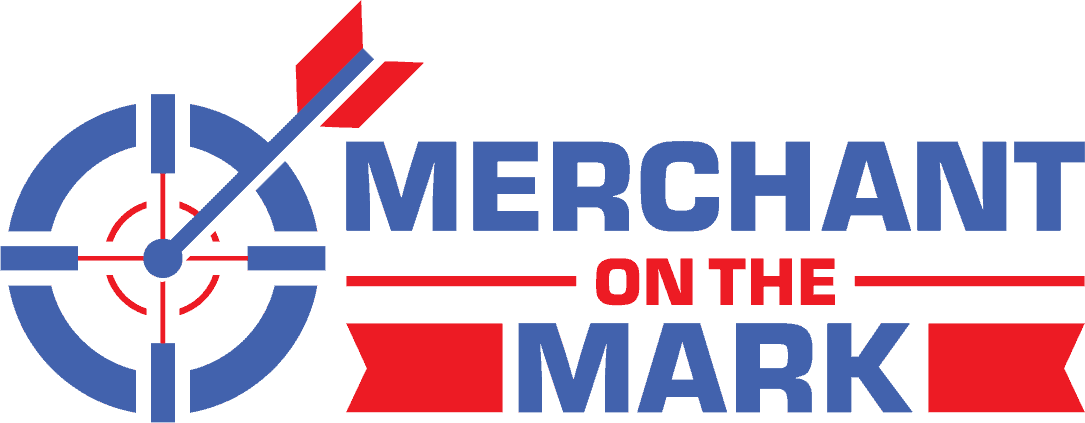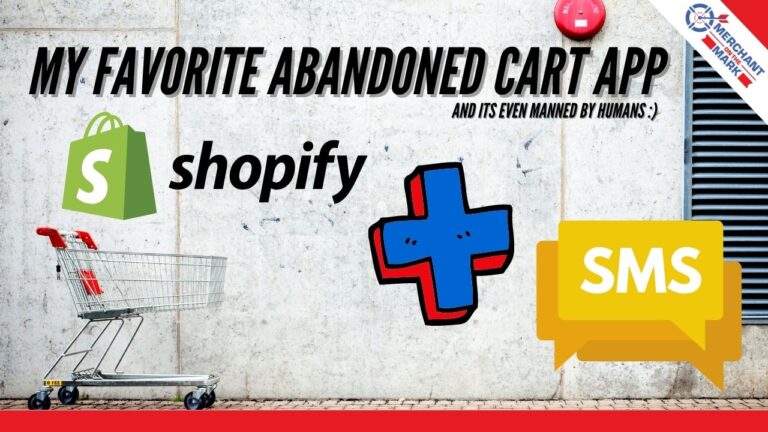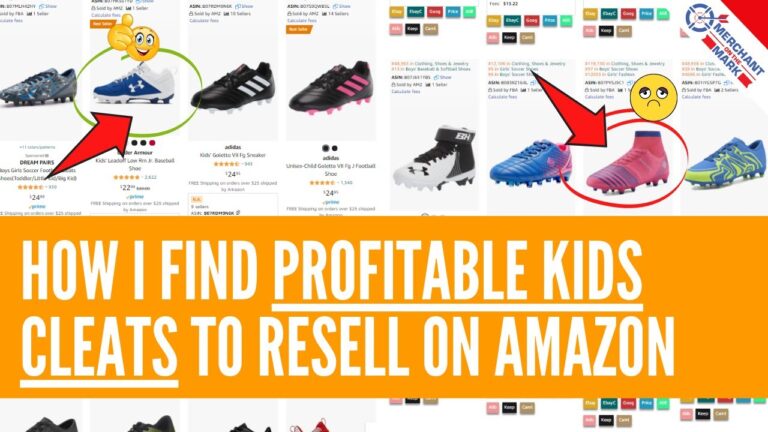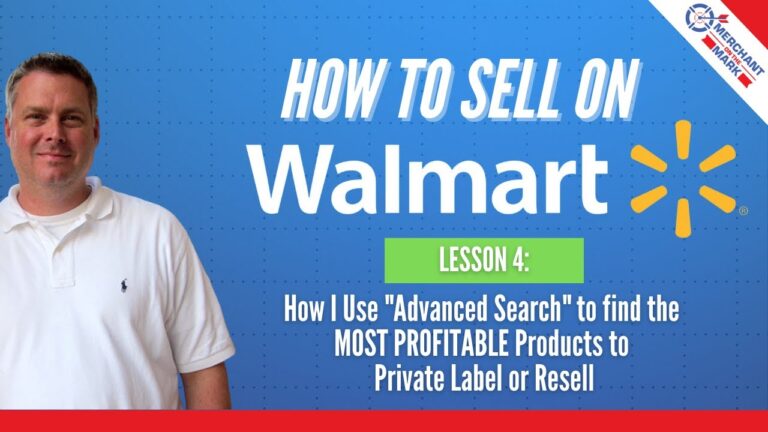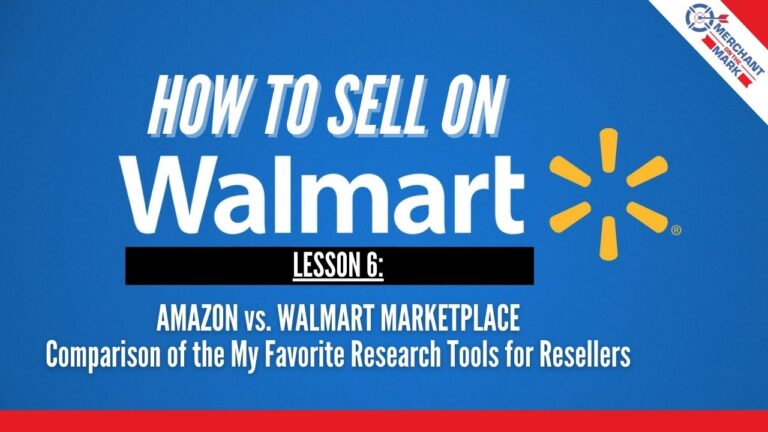eCommerce Pro Shows How He Uses Google Trends to Maximize PPC Results
In this video, you’ll learn how to use the powerful data in Google Trends to optimize our Google / Bing / Facebook / Pinterest PPC advertising, by allowing us to directly target ONLY our most ideal customers.
This one simple technique, implemented consistently in your eCommerce business, can save you thousands, and best of all, its free..
Watch this video on YouTube at:
https://www.youtube.com/watch?v=iQKxyfOQmzc
———————
Transcript:
———————
Hey guys, this is Mark with Merchant on the Mark. I appreciate you checking out this video. I wanted to make a quick video to show you something that we’ve been doing for a very long time. And if you’re a small e-commerce business owner, if you sell on Amazon, if you have your own Shopify stores, if you sell through a sales funnel, if you sell on walmart.com, wherever it is, and you’re running advertising, there’s something that you’ll definitely want to take advantage of to be able to maximize the number of clicks that you get and minimize the waste.
So all the different advertising platforms, AdWords, being advertising, Pinterest, YouTube, Facebook, obviously, all those are designed in a way to maximize their profits. They’re not intended to maximize your profits. And so, it doesn’t make sense to advertise to someone who’s not going to be interested in the product that you’re trying to sell. And also, it’s not going to be in your interest to advertise at a time of year where it just doesn’t make sense, people aren’t looking for that particular product.
You’ll get a bunch of lookie-loo’s who will just waste your budget and cost you money. So you need to be cognizant of exactly who you’re targeting, what product and what time of year. Because you can’t advertise most things, as far as physical products go that you’re selling, year round, because it’s just not applicable. And I just wanted to show you this.
So what we use is Google Trends, and of course it’s free, trends.google.com. And what we try to do is get some information from Google Trends to find out exactly some more details about when we should be advertising these types of product. And also get some more details about different areas that we can specifically target that would be most prone to buying this type of product. So I came here and I wanted to choose something that is pretty specific.
So let’s just say, syrup making equipment. So this is for people who make syrup from tree sap. And it’s only a certain time of year where that is applicable. Let’s actually edit this, and just say syrup making. So, it’s cold weather, they cap the trees, they run lines, and there’s only a certain time of the year where it’s usable to do that sort of thing.
So right here, one very important thing that we use is the interest by sub-region. So you can see all these are northern states for the most part. There is down here, I’m not sure why Texas would be included in that. But not only just knowing the northeast would be an area that we would want to advertise in, we know the exact states that show the most interest. And so we can pinpoint, if we want to, to only advertise in these locations.
So instead of advertising in all 50 states, for example, which wouldn’t be very smart, we could just advertise in these, say 11. So these are the 11 top regions. And sometimes they show 10, sometimes they show 15, sometimes they show 12. It doesn’t really matter. The thing is that you want to have as much information as possible when you’re doing your advertising so you can pinpoint the exact type of person on where they live and what time of year they’re buying this stuff, so you don’t waste a cent of your advertising dollar. Because every cent that you waste on advertising, it cuts right into your bottom line.
So in this instance, I would be targeting people who are actually producing syrup. And without doing any more investigation to find out what type of syrup making they’re doing in California and Texas, Georgia and Florida, I’m just got to assume that these states up here are going to be my main interest area. And so, I’m just going to target those when I’m setting up my advertising. I’m going to exclude everything else in the country.
I’m going to include Washington, but not any of these states that are in gray. And so that way, even though you’re going to miss some people who might not be in those physical locations looking for that type of equipment, for whatever reason, they might be buying it for a gift, for example. For very specific products, that you’re looking for people that are actually going to use the product, you want to use this to be able to really pinpoint exactly where you’re going to be advertising to. So the amount of spend that it would take to get coverage for 12 states versus 50 states is tremendous. And that’s going to save you a lot of money.
Okay. Secondly, what we want to do is we want to look at when is the best time to advertise for this. So obviously, the summertime is not a great time to advertise this, no matter how much… If you find a great deal on syrup making equipment and you want to sell it right now and it’s the middle of the summertime, chances are people aren’t really buying that right then. So what we could do is look at the interest over time.
So I want to look as far back as we can go. Let’s just go back five years and look at the peaks here. So you can see March, February, March, December, March. So I would say February to April is going to be your ideal time to actually advertise these. Now, you can see down here in October, September, it’s pretty low. July, it’s pretty low, very low. So those are periods of time where you really wouldn’t want to advertise to, again, maximize your ad spend.
You can advertise any time that you want, and there will be people out there looking for it year round. However, Google Trends is something that we use in all of our advertising whenever we can specify exactly what locations that we want to target, and it saved us hundreds of thousands of dollars over the years. And especially, it’s very helpful when you have a built-in base of existing customers and you can go analyze that exact data and see where they’re actually buying from.
So it may or may not match Google Trends. When you have that, you can then import those list of customers as custom audiences in Facebook, for example, and Google AdWords, and then build out a segment of audience that you can then advertise to where you know that those people match a lot of characteristics that your previous customers do.
And so, I hope this was helpful to you. Again, check it out, Google Trends. It’s trends.google.com. Use this before you ever do any advertising for physical products that have any sort of seasonality or their location specific. Okay.
And so with that, I’d love to hear any questions that you have down the comments. Or, if you like this kind of content, be sure and like the video, subscribe to the channel, let me know what other videos you’d like to see made and I’ll be glad to do that. So again, this is Mark with Merchant on the Mark. I really appreciate you, and I’ll see you on the next one.
